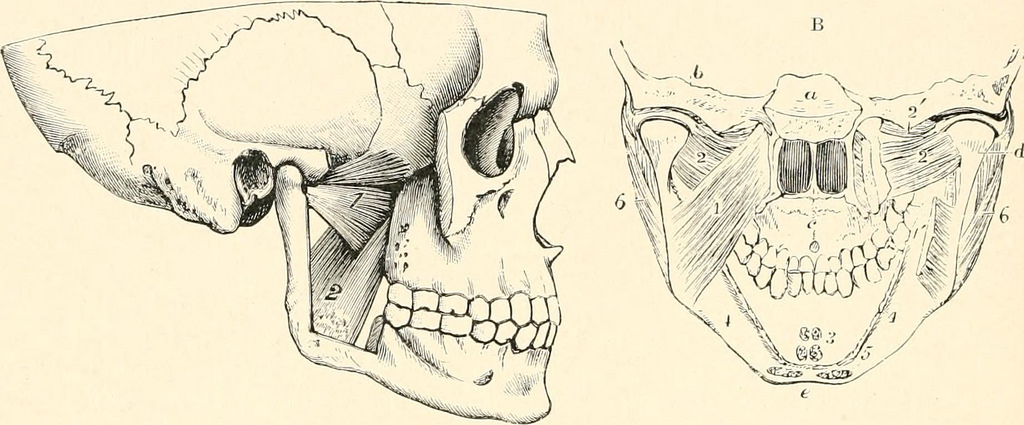The study of aviation physiology is quite extensive. On diving deep into this subject, it becomes apparent that air blocks are major factors that bring about physiological changes in relation to altitude. To say that principles of aviation physiology hold good for medical flights too is stating the obvious. In this guide, we highlight some of the very common air blocks. These must be considered every time a person opts for a flight, pressurize or unpressurized.
Ear Blocks on Medical Flights
The symptoms primarily start as a feeling of fullness; however, the symptom may take a slightly painful turn in higher altitudes and ultimately lead to vertigo. The solutions though are pretty simple: yawning, swallowing and Valsalva are quite effective.
Sinus Blocks on Medical Flights
There can be two types of sinus blocks. The first type is maxillary sinus block. This is characterized by sharp pain beneath the cheekbones as well as upper dentition. The second type is frontal and is characterized by severe pain under the eyebrow as well as eye corners. The best remedy for this is Valsalva maneuver.
Gastrointestinal Tract Blocks on Medical Flights
Our digestive system can hold a lot of trapped gas. When a person travels on a high-altitude medical flight, this collection of gas can lead to physiological changes in the gastrointestinal tract causing discomfort and sometimes, slight pain. Belching and flatus can provide instant relief.
Tooth Blocks on Medical Flights
This is not the most common air block on medical flights; however, these can be quite painful and irritating. Sometimes, the natural gaps within teeth and gaps that occur due to dental procedures can retain air and act like bubbles. These air blocks can cause pain at high altitude. There is no immediate remedy for this condition. It is advised that the patient visit a dentist upon landing.
It must be noted that any discomfort that does not go away even after the above-suggested techniques must be dealt with all seriousness. In extreme cases, descent or landing may be warranted.


